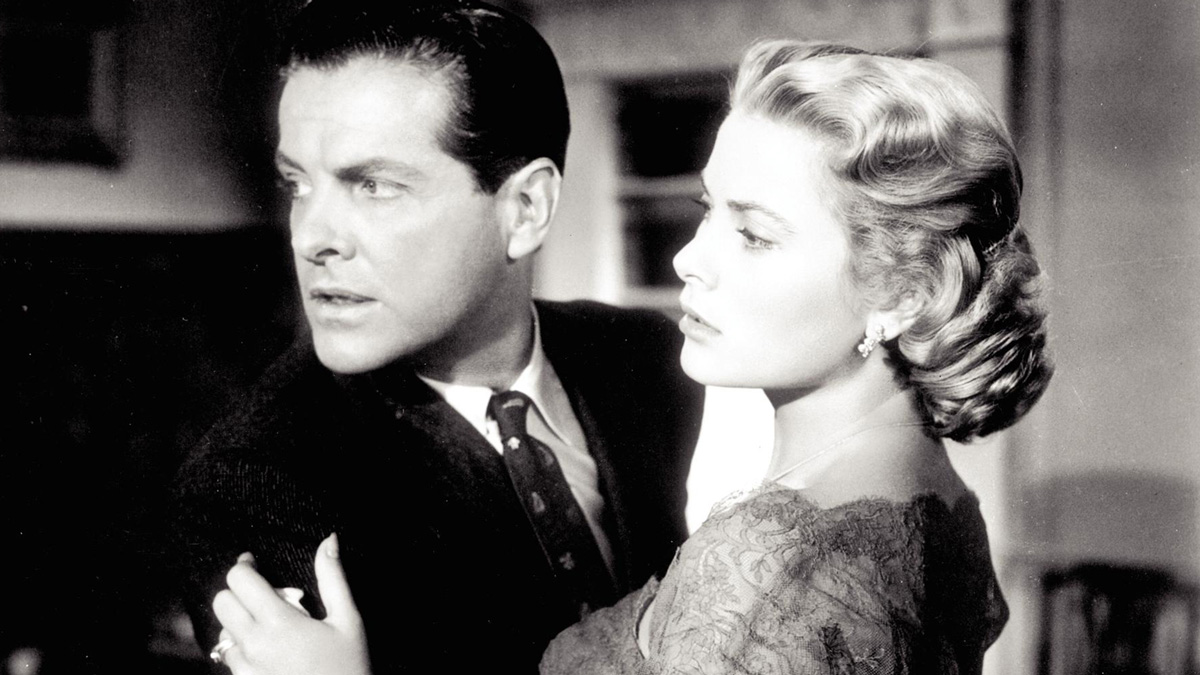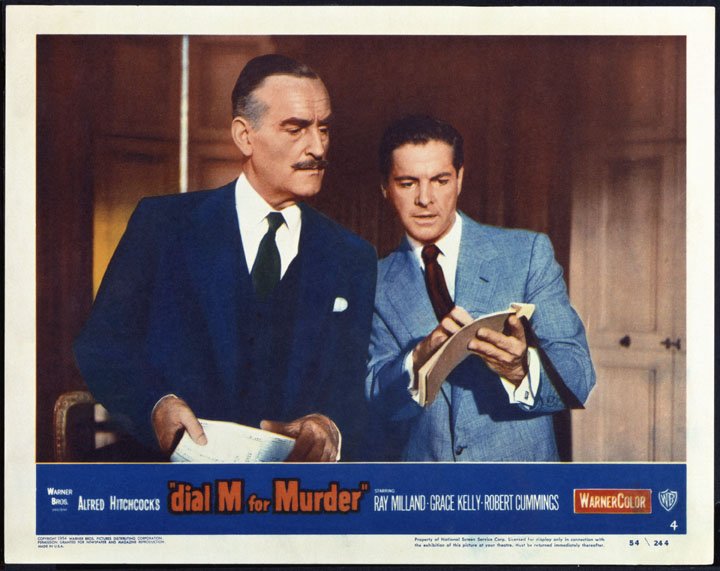
(c)1997 Warner Bros., Monarchy Enterprises BV and Regency Entertainment (USA) Inc. All rights reserved.
Understanding the relationship between Hitchcock and 3D from Hitchcock's only 3D film, ``Turn Dial M!''
2019.03.13
Warner Bros. bet its fortune on 3D
And Warner, too, is hoping to jump on board with this trend and make 3D a symbol of its revival. While many of the 3D works of other companies were improvised films, they made thorough preparations and released their first horror film, ``Meat of Wax Figures'' (53) . For filming, he purchased The Natural Vision rig, calling it ``Warner Vision.'' They also introduced a three-channel stereophonic sound system, which they named ``Warnerphonic,'' and also adopted ``Warner Color,'' which was developed by their own photo lab based on Eastman Color. As a result, ``Meat of Wax Figures'' became a blockbuster hit that completely broke the box office records of previous 3D movies.
Emboldened by this success, Jack Warner announced a lineup of 22 more 3D movies. In addition to full-fledged westerns such as ``Raids on the Feather River'' (53), which depicts the ``Battle of Bicker Island in Colorado,'' and `` Hondo '' (53) starring John Wayne, which used an in-house developed rig, The Moonlighter'' (53) and other works were produced one after another. However, Jack Warner turned on the green light for 3D screenings due to the poor box office performance of ``The Rue Morgue'', which was released on March 27, 1954, and decided to release ``The Rue Morgue'', which was released on September 25, 1954. "The Man Who Chases" was the last.

“Dial M for Murder” (c) 1997 Warner Bros., Monarchy Enterprises BV and Regency Entertainment (USA) Inc. All rights reserved.
Cause of the end of the first 3D movie boom
Other companies followed suit, and in 1953, 39 full-length films were made around the world, but by the following year, in 1954, the number had dropped to 21, and nearly half of them were only shown in 2D (Japan In 1954, 11 3D movies were imported into Japan, but only two were actually shown in 3D). Furthermore, in 1955, there were only three (none in Japan), and the boom came to an end.
The reasons for this are: ``Polarized glasses are a pain,'' ``The screen is dark,'' ``If you tilt your head (because it uses linear polarization), you won't be able to see stereoscopically,'' and ``For films that are longer than 60 minutes, there will be an intermission during the screening. (requires 4 projectors)" "The left and right projectors may become out of sync during screening" "The left and right frames may shift vertically" "It's tiring" "I get a headache" "I feel sick" There were complaints from the audience, such as ``(because production couldn't keep up with it), the reusable polarized glasses were unsanitary.''
There were also some concerns on the production side, such as ``The camera set is too big and heavy, and there are many restrictions on shooting'', ``I don't know how to make use of the 3D effect'', and ``It would require a large budget.'' Most importantly, the much-needed ``immediate solution to escape from the threat of television'' was not as effective as expected.
In this sense, 3D's biggest rival was 20th Century Fox's ``CinemaScope'' widescreen. As soon as the company announced its two films, `` Sacred Cloth '' (53) and `` How to Marry a Millionaire '' (53), studios all switched from 3D to this. The ``Cinerama'' system had been in use since 1952, but the theater had to be rebuilt specifically for this purpose, and three projectors were used, resulting in huge operational costs. However, with CinemaScope, all you have to do is attach an anamorphic lens to your existing projection system and prepare a horizontal screen, and it is clearly differentiated from television. Furthermore, 3D was completely forgotten as studios developed their own widescreen standards to avoid licensing fees to 20th Century Fox.

